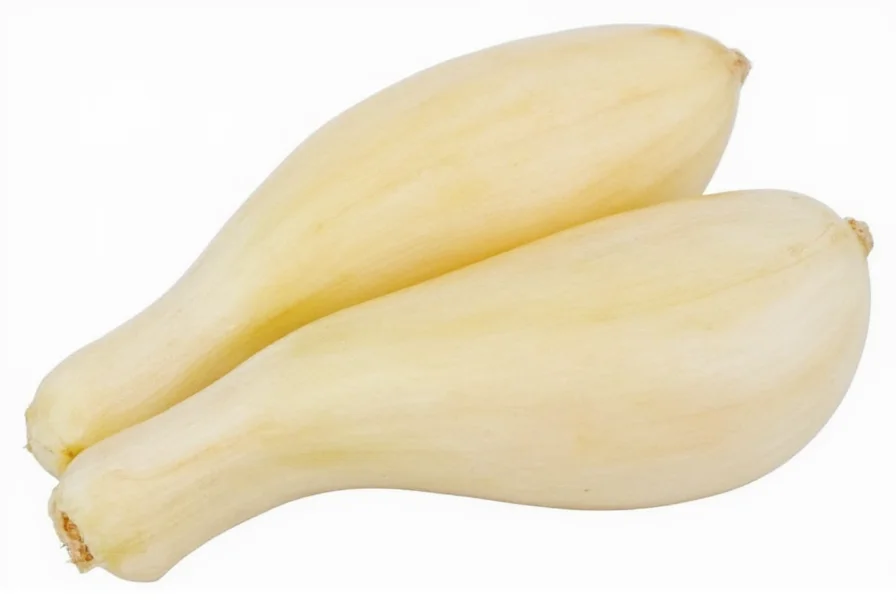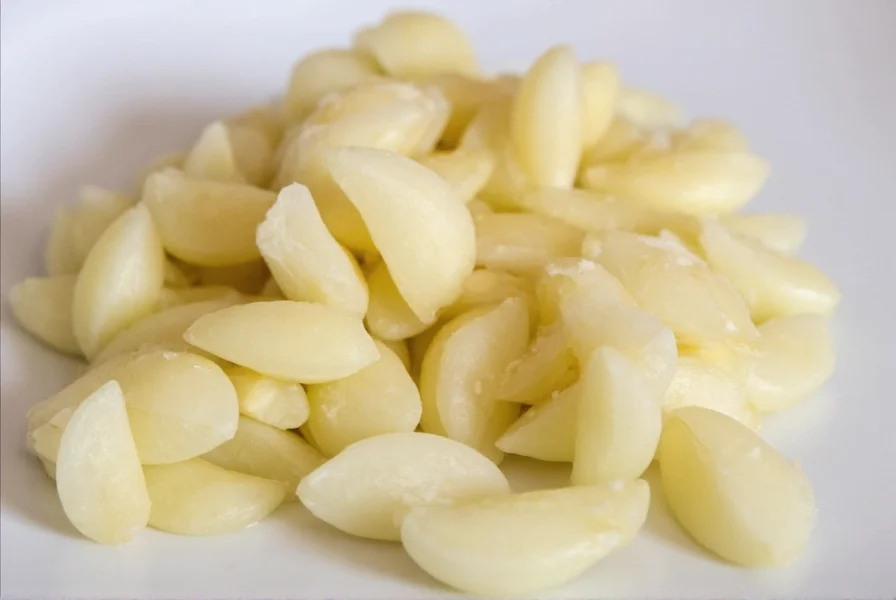When following recipes that specify garlic in cloves rather than volume measurements, knowing the precise conversion becomes crucial for culinary success. Many home cooks struggle with this common kitchen conversion, leading to inconsistent results in their dishes.
Understanding Garlic Measurements
Garlic measurement conversions are fundamental in recipe execution. While professional chefs often work by feel and experience, home cooks benefit from precise measurements to achieve consistent results. The relationship between whole garlic cloves and their minced equivalents depends primarily on clove size and mincing technique.
| Garlic Cloves | Minced Garlic (Teaspoons) | Minced Garlic (Tablespoons) |
|---|---|---|
| 1 small clove | 1/2 tsp | 1/6 tbsp |
| 1 medium clove | 1 tsp | 1/3 tbsp |
| 1 large clove | 1.5 tsp | 1/2 tbsp |
| 3 medium cloves | 3 tsp | 1 tbsp |
| 6 medium cloves | 6 tsp | 2 tbsp |
Factors Affecting Garlic Measurement Accuracy
Several variables influence the precise volume of minced garlic you'll obtain from cloves:
Clove Size Variations
Garlic cloves vary significantly in size. A single head of garlic typically contains both small inner cloves and larger outer cloves. When recipes specify "medium" cloves, they refer to cloves approximately 1 inch long and 3/4 inch in diameter.
Mincing Technique Matters
Your mincing method affects the final volume. Finely minced garlic packed tightly into a measuring spoon yields more garlic per teaspoon than loosely minced garlic. For most recipes, standard mincing (small, uniform pieces) provides the best results.

Practical Kitchen Applications
Understanding how much minced garlic equals 3 cloves proves invaluable when adapting recipes. Many European recipes specify garlic by clove count, while American recipes often use volume measurements. Converting between these systems ensures recipe fidelity.
When precision matters—such as in delicate sauces or dressings—measuring minced garlic rather than estimating by clove count produces more consistent results. For heartier dishes like stews or roasted vegetables, slight variations matter less.
When Substitutions Become Necessary
Running out of fresh garlic doesn't have to ruin your meal. One-eighth teaspoon of garlic powder equals approximately one medium clove. However, this garlic clove to teaspoon conversion for dried products differs significantly from fresh garlic measurements.
Professional Chef Tips for Garlic Measurement
Experienced chefs recommend these practices for accurate garlic measurement:
- Measure minced garlic after mincing, not before
- Use a microplane for consistent mincing when precision matters
- Consider garlic age—older garlic often yields less volume when minced
- For critical recipes, weigh garlic (1 medium clove ≈ 4-7 grams)
Understanding the exact 3 garlic cloves to tablespoons conversion prevents common cooking mistakes. Many novice cooks underestimate garlic's potency, resulting in either overpowering or insufficient flavor. The standard measurement of 3 medium cloves equaling 1 tablespoon provides a reliable baseline for most recipes.

Common Measurement Mistakes to Avoid
Cooks frequently make these errors when measuring garlic:
- Using whole cloves instead of minced in volume measurements
- Not accounting for varying clove sizes within a single bulb
- Packing minced garlic too tightly into measuring spoons
- Confusing garlic powder measurements with fresh garlic equivalents
For the most accurate results in your culinary creations, always reference a reliable garlic clove measurement guide when converting between whole cloves and volume measurements. This practice ensures consistent flavor profiles across different recipes and cooking sessions.










 浙公网安备
33010002000092号
浙公网安备
33010002000092号 浙B2-20120091-4
浙B2-20120091-4